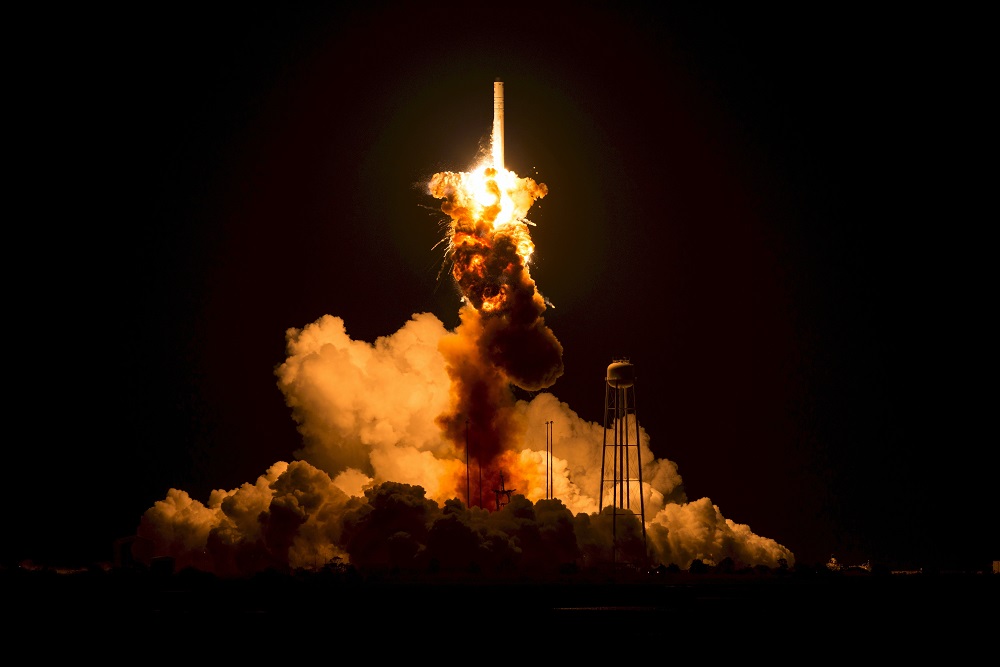History was created when India's Chandrayaan-3 touched down on the Moon’s south pole on August 23 at 5:47 PM IST. This was unlike anything humankind had ever seen, as it was the first landing at the lunar south pole. Previous moon landings were primarily in the equatorial region.
With Chandrayaan-3, scientists from ISRO will be exploring the poles for the presence of water as ice molecules and hydroxyl on the surface in the deep craters.
The South Pole was considered the more promising for finding water ice due to its larger area in permanent shadows and colder temperatures. The presence of water at the South Pole has also made it an intriguing location for studying the early solar system as well as Earth’s history.
The success of India Chandrayaan-3 in this crucial location is being deemed a groundbreaking development, thus initiating a significant change in the field of deep space exploration.
The South Pole-Aitken basin is highly sought-after by space agencies along with private space companies due to its water ice deposits. It also has the potential to support the establishment of space stations in the future.
In the context of space exploration, digital approaches, including AI and data analytics, are also playing an equally significant role in predicting, anticipating, and minimizing weather hazards.

Read more: Accelerating Growth: Understanding the Benefits of Generative AI
India's AI-Powered Mission
Chandrayaan 3 comprises the Pragyan rover - like that of Chandrayaan-2 - but does not have an orbiter. The Pragyan rover is equipped with advanced AI tech, enabling the rover to communicate with the Vikram lander. This technology will also assist the rover in different tasks and operations.
Pragyan is designed for a dedicated research period of 14 days on the lunar surface. During its time on the moon, the rover will conduct sophisticated scientific measurements as well as geological studies, thereby enabling deeper exploration and analysis of the terrain. The landing point of the Pragyan rover was chosen strategically to maximize the quality of data gathered.
Upon its descent, the Pragyan rover will embark on a comprehensive exploration journey. The rover used motion technology to navigate the challenging lunar terrain and successfully reach its designated landing site. The rover’s AI algorithm is set to play a critical role in identifying traces of water along with different minerals on the surface. This capability will also allow the rover to collect valuable data and send images back to Earth for research.
Read more: How Web3 and NFTs are Changing the Emerging Digital Economy?

How AI Played a Pivotal Role in Enhancing Chandrayaan-3’s Mission?
One of the technologies that have been essential to Chandrayaan-3’s mission is artificial intelligence (AI). Chandrayaan-3 greatly improved its data analysis planning, navigation, and operating efficiency by operating on AI-driven technology. These developments not only contributed to the lunar mission but also helped in raising the bar for lunar exploration. Chandrayaan-3’s accuracy and efficiency were made possible by AI.
Today, AI has become a crucial component for many industries, including space exploration. It is a useful tool in the space sector because of its capacity to study enormous volumes of data, find current trends, and make predictions. In the case of Chandrayaan-3, AI was incorporated across different elements of the mission, ranging from the spacecraft’s design to the analysis of data as well as decision-making.
-
The lander, the rover, and the entire ship were designed and developed using artificial intelligence (AI). The design of the spacecraft was optimized for weight, performance, as well as safety using AI algorithms.
-
Artificial intelligence was employed to assist the lander with a safe landing. AI algorithms were being employed to forecast the topography as well as to identify potential hazards and manage the descent.
-
AI was employed to assist the lunar rover in its exploration of the surface. AI algorithms were being employed to locate and map interesting features along with the rover’s route.
-
AI was utilized to analyze the data gathered by the spacecraft. The employment of AI algorithms enabled the team to extract insights.
Read more: The Purpose of Data: Harnessing the Power of Data for Growth

India's Critical Leap in Space
In the vast realm of space exploration, every mission is a high-stakes endeavor. And the Chandrayaan-3 mission was no exception. The culmination of years of planning and preparation has put India's space agency - the Indian Space Research Organization (ISRO), to the test. However, what sets this mission apart is the critical role played by artificial intelligence (AI) in guiding the spacecraft during its critical descent to the surface of the moon.
At the heart of Chandrayaan-3 lies an intelligent navigation and control system. This intricate web of algorithms directs the movements of the spacecraft, thereby directing its trajectory to ensure a secure touchdown. Every scenario works in unison with AI’s meticulous planning, ranging from altitude adjustments to surface scanning for obstacles.
In Chandrayaan-3, AI’s true prowess shined when it adapted and responded on the fly. This precision during every descent phase was guided by rigorous simulations, guidance, and painstaking AI-backed algorithms.
Empowered by AI, the rover was able to contour the lunar landing zone and hunt for obstacles that could mar the touchdown. All sensors and cameras operated by AI further ensured safe passage. This successful landing of Chandrayaan-3 was hinged on this synchronization of AI and technology.
Key Highlights
-
The intricacies of the landing process were all governed by pre-programmed computer logic embedded in the lander's systems.
-
Chandrayaan-3’s ensemble of sensors guided this cosmic venture and contributed to vital speed and altitude data.
-
The spacecraft relied on pre-programmed computer logic embedded into its core for this high-stakes act.
Read more: What Does Cloud Security Consolidation Mean for Enterprises?

Final Thoughts
ISRO’s space venture, powered by the prowess of artificial intelligence and data analytics, has finally landed safely on the moon. Chandrayaan-3’s touchdown in the abyss of space is a triumph achieved with the might of human ingenuity and AI. The mission was aimed at achieving three objectives:
-
a safe and soft landing on the surface of the moon
-
demonstrating the abilities of the rover
-
conducting in-situ scientific experiments
With a presence in New York, San Francisco, Austin, Seattle, Toronto, London, Zurich, Pune, Bengaluru, and Hyderabad, SG Analytics, a pioneer in Research and Analytics, offers tailor-made services to enterprises worldwide.
A leader in the Technology domain, SG Analytics partners with global technology enterprises across market research and scalable analytics. Contact us today if you are in search of combining market research, analytics, and technology capabilities to design compelling business outcomes driven by technology.
About SG Analytics
SG Analytics is an industry-leading global insights and analytics firm providing data-centric research and contextual analytics services to its clients, including Fortune 500 companies, across BFSI, Technology, Media and entertainment, and Healthcare sectors. Established in 2007, SG Analytics is a Great Place to Work® (GPTW) certified company and has a team of over 1100 employees and has presence across the U.S.A., the U.K., Switzerland, Canada, and India.
Apart from being recognized by reputed firms such as Analytics India Magazine, Everest Group, and ISG, SG Analytics has been recently awarded as the top ESG consultancy of the year 2022 and Idea Awards 2023 by Entrepreneur India in the “Best Use of Data” category.









